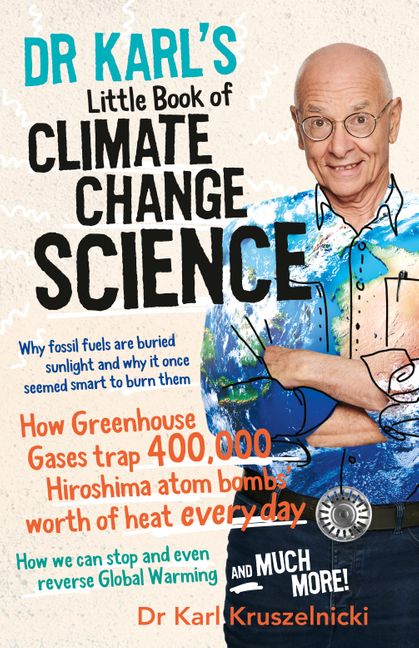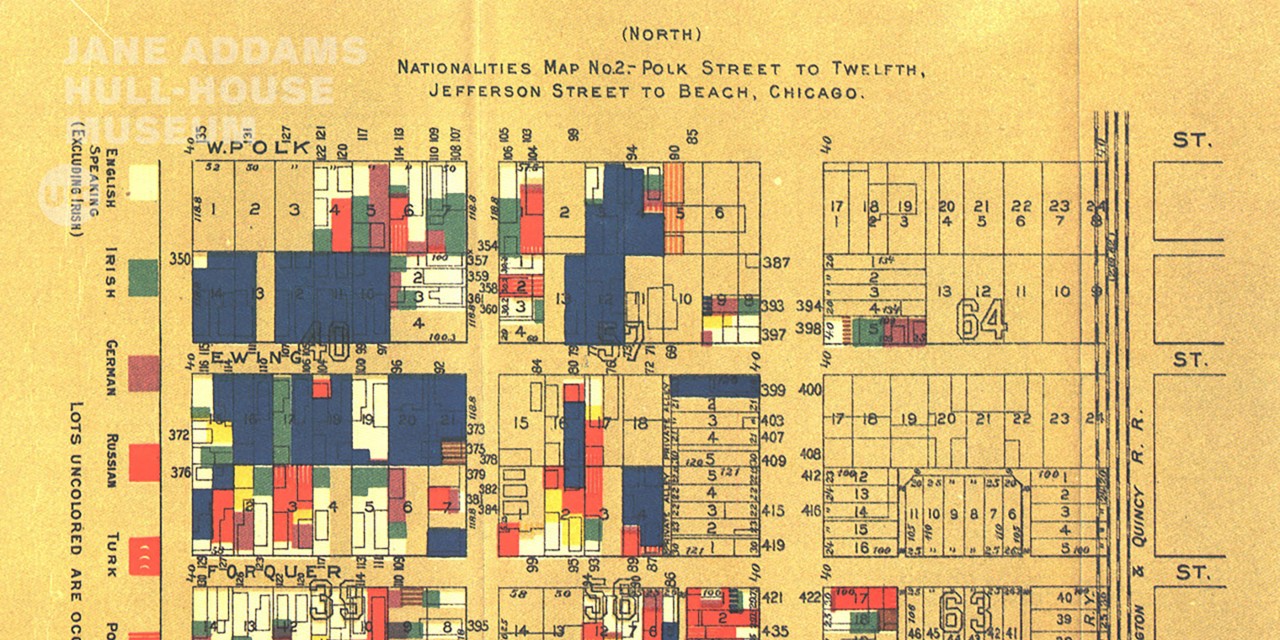Executive Summary: Peatland Fires and Canada’s Commitment to Sustainable Development Goals
Canada is facing a severe wildfire season, with projections indicating 2025 will be the second-worst on record. Beyond forest fires, a significant and previously unquantified threat has emerged from the nation’s peatlands, which constitute a quarter of the world’s total. These carbon-rich wetlands are burning at an alarming rate, releasing substantial greenhouse gases. In response, a new government initiative aims to model and report these emissions. This report details the scope of the peatland fire crisis and analyzes the new data initiative through the lens of the United Nations Sustainable Development Goals (SDGs), particularly SDG 13 (Climate Action), SDG 15 (Life on Land), and SDG 17 (Partnerships for the Goals).
The Unaccounted Climate Impact: A Challenge to SDG 13 (Climate Action)
The escalating frequency and intensity of wildfires present a direct challenge to Canada’s ability to meet its commitments under SDG 13. The burning of peatlands represents a critical data gap that hinders effective climate policy and action.
Current Wildfire and Peatland Crisis
- Over 5.5 million hectares have burned this year, nearly three times the 10-year average.
- Peatlands, vast natural carbon reservoirs, are burning, but their emissions are not included in Canada’s current greenhouse gas inventory.
- This omission prevents a full accounting of climate impacts, a foundational requirement for transparent reporting under the Paris Agreement and SDG 13.
The Climate Feedback Loop
Peatland fires create a dangerous feedback loop that accelerates climate change, undermining global efforts to stabilize the climate.
- Peat fires smoulder for extended periods, sometimes months or years, ensuring a sustained release of stored carbon into the atmosphere.
- Research indicates that during severe fire seasons, peatlands transform from being a net carbon sink to a significant carbon source. In 2021, a severe fire year, emissions from peatlands reached an estimated 270 million tonnes.
- Wildfires in these regions also accelerate the melting of permafrost, releasing even more trapped greenhouse gases and further exacerbating climate change.
A National Initiative for Enhanced Climate Reporting and Action
To address this critical gap, Environment and Climate Change Canada is developing a new model to accurately quantify emissions from peatland fires. This initiative is a significant step toward strengthening national climate strategy.
The Canadian Model for Peatland Emissions
The new model is designed to provide robust data for policy-making and international reporting. Kelly Bona, who leads the effort, states, “The better able I am to quantify these impacts, the better able we might be able to mitigate them.” The data could be integrated into Canada’s official greenhouse gas reporting to the UN as early as next year.
Aligning with Global Commitments
This initiative directly supports key SDG targets:
- SDG 13 (Climate Action): By providing more accurate emissions data, the model enables the integration of comprehensive climate change measures into national policies and strategies (Target 13.2).
- SDG 17 (Partnerships for the Goals): The project is a collaboration between government bodies and academic institutions, including the University of Waterloo, McMaster University, and the University of Alberta, exemplifying the multi-stakeholder partnerships necessary to achieve the SDGs (Target 17.16 & 17.17).
Implications for SDG 15 (Life on Land) and Sustainable Resource Management
The data generated will have profound implications for the protection of terrestrial ecosystems and the sustainable management of natural resources, directly addressing the goals of SDG 15.
Protecting a Vital Ecosystem
Peatlands are a “national treasure” and a critical component of Canada’s boreal ecosystem. As vital carbon stocks, their protection is essential for halting land degradation and biodiversity loss (Target 15.1 and 15.3). Understanding fire risk and post-fire emissions is the first step toward developing effective conservation and restoration strategies.
Informing Sustainable Development and SDG 12
The new emissions data will serve as a crucial tool for responsible development, aligning with SDG 12 (Responsible Consumption and Production).
- Environmental Assessments: The data can inform environmental assessments for resource extraction projects, such as mining, proposed in peatland-rich regions.
- Infrastructure Planning: It can guide the development of infrastructure, like access roads, to minimize hydrological disruption and subsequent emissions.
- Nature-Based Solutions: By quantifying their value, the data reinforces the role of peatlands as a nature-based solution to climate change, encouraging their protection over exploitation.
Broader Impacts on Sustainable Development
The consequences of peatland fires extend beyond climate and land, impacting human health and community resilience.
Health and Well-being (SDG 3) and Sustainable Communities (SDG 11)
Intense wildfire seasons have a direct impact on human populations, undermining progress on other SDGs.
- SDG 3 (Good Health and Well-being): Increased smoke from widespread fires leads to poor air quality, posing significant respiratory health risks to communities.
- SDG 11 (Sustainable Cities and Communities): Smoky conditions reduce the safety and resilience of human settlements, highlighting the need to mitigate climate-related hazards.
By improving the ability to model and predict emissions, this initiative can also help forecast air quality hazards, allowing for better public health preparedness and contributing to safer, more resilient communities.
Analysis of Sustainable Development Goals in the Article
1. Which SDGs are addressed or connected to the issues highlighted in the article?
-
SDG 13: Climate Action
- The article’s primary focus is on climate change, specifically the massive carbon emissions from wildfires in Canada’s forests and peatlands. It discusses how these emissions contribute to climate change and how climate change, in turn, exacerbates wildfires, creating a “feedback loop.” The government’s new initiative to quantify and report peatland emissions directly relates to national climate action and reporting obligations.
-
SDG 15: Life on Land
- This goal is central as the article details the destruction of terrestrial ecosystems, namely forests and peatlands (a type of wetland). It highlights the degradation of these ecosystems due to fire, their importance as carbon stores (“a rich store of carbon”), and the need for their conservation and sustainable management. The article refers to peatlands as a “national treasure” and a “nature-based solution to combating climate change,” underscoring the importance of protecting life on land.
-
SDG 3: Good Health and Well-being
- The article touches upon the health impacts of wildfires. A researcher is quoted saying, “You get days where you just can’t go into the field because everything’s smoky and it’s hard to breathe and it’s not safe for you to be out there.” This directly links the air pollution from wildfire smoke to health and safety risks.
-
SDG 6: Clean Water and Sanitation
- The article identifies peatlands as “boggy wetlands.” It mentions that infrastructure development, such as roads for mining, can “change the hydrology of peatlands.” This connects to the protection of water-related ecosystems, which is a key component of SDG 6.
-
SDG 12: Responsible Consumption and Production
- The article discusses how new data on peatland emissions could “inform future decisions on developing mines and other infrastructure” in these areas. This relates to the sustainable management of natural resources, as it highlights the conflict between resource extraction and the preservation of peatlands, which provide critical ecosystem services.
2. What specific targets under those SDGs can be identified based on the article’s content?
-
Targets for SDG 13 (Climate Action)
- Target 13.2: Integrate climate change measures into national policies, strategies and planning. The article explicitly states that the Canadian government is launching a “new government effort to estimate peatland emissions” and that this “new data could be included as early as next year in Canada’s official greenhouse gas reporting to the UN.” This is a direct example of integrating new climate change data into national policy and reporting frameworks.
- Target 13.3: Improve education, awareness-raising and human and institutional capacity on climate change mitigation. The research efforts described, led by scientists like Kelly Bona, Greg Verkaik, and David Olefeldt, aim to “quantify these impacts” to “be able to mitigate them.” This work, along with raising awareness that “most Canadians don’t even know what a peatland is,” directly contributes to building institutional and public capacity to understand and address climate change.
-
Targets for SDG 15 (Life on Land)
- Target 15.1: Ensure the conservation, restoration and sustainable use of terrestrial and inland freshwater ecosystems and their services, in particular forests, wetlands… The article’s entire theme revolves around the impact of fires on forests and peatlands (wetlands) and their crucial service of carbon storage. The discussion of peatlands as a “nature-based solution” and a “national treasure” points directly to the need for their conservation.
- Target 15.5: Take urgent and significant action to reduce the degradation of natural habitats… The article describes the severe degradation of peatlands and forests from fires, which are becoming more frequent and intense. The research to identify at-risk peatlands is a step towards taking action to reduce this degradation.
- Target 15.9: Integrate ecosystem and biodiversity values into national and local planning, development processes… and accounts. The article states that the new emissions data could be used in “environmental assessments for peatland projects” and to “inform future decisions on developing mines and other infrastructure.” This is a clear example of integrating ecosystem values (carbon storage capacity of peatlands) into development planning.
-
Target for SDG 3 (Good Health and Well-being)
- Target 3.9: Substantially reduce the number of deaths and illnesses from hazardous chemicals and air, water and soil pollution and contamination. The researcher’s comment on smoky air being “hard to breathe” and “not safe” highlights the health risks associated with air pollution from wildfires, which this target aims to reduce.
-
Target for SDG 6 (Clean Water and Sanitation)
- Target 6.6: Protect and restore water-related ecosystems, including… wetlands… The article identifies peatlands as wetlands and notes that their hydrology is threatened by infrastructure development, directly relating to the need to protect these specific water-related ecosystems.
3. Are there any indicators mentioned or implied in the article that can be used to measure progress towards the identified targets?
-
Indicators for SDG 13 and SDG 15
- Total greenhouse gas emissions: The article provides several quantitative indicators of GHG emissions. It mentions “wildfire emissions in 2023… reached one billion tonnes,” emissions from human activity were “694 million tonnes,” and peatland fire emissions were “270 million tonnes” in 2021. The new government model aims to formalize the measurement of peatland emissions, making this a key indicator for tracking climate impact (Indicator 13.2.2) and ecosystem health.
- Area of land/forest degraded: The article states that “more than 5.5 million hectares have burned.” This is a direct indicator of the extent of forest and ecosystem degradation (related to Indicator 15.1.1 and 15.2.1).
- Change in carbon stock: The article explains that peatlands are normally a “carbon sink” but become a “carbon source” during severe fire seasons. Measuring whether peatlands are net sinks or sources of carbon is a critical indicator of their health and their role in the climate system.
-
Indicator for SDG 3
- Air quality and related health effects (Implied): While not providing a specific metric, the statement that it is “hard to breathe and it’s not safe” due to smoke implies a qualitative indicator of poor air quality. This could be measured quantitatively through air quality indices (AQI) to track progress on Target 3.9.
4. Summary Table of SDGs, Targets, and Indicators
| SDGs | Targets | Indicators |
|---|---|---|
| SDG 13: Climate Action |
|
|
| SDG 15: Life on Land |
|
|
| SDG 3: Good Health and Well-being |
|
|
| SDG 6: Clean Water and Sanitation |
|
|
| SDG 12: Responsible Consumption and Production |
|
|
Source: cbc.ca






